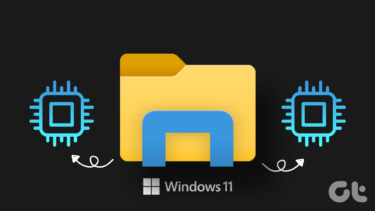Now, what if you get one simple application that sticks on the screen and shows you ALL hardware information, usage, and statistics? I’d like to share with you a simple application for Windows that sticks at the sidebar and provides you all hardware information and usage in real-time.
Sidebar Diagnostics
We had shared before some really cool hardware monitoring software for Windows. Amongst the list, Open Hardware Monitor is the most used hardware monitoring software. It gives in-depth details of CPU, RAM, GPU and other hardware. Now, you can get all this information in a sidebar. Sidebar Diagnostics provides all necessary information about a particular hardware in a sidebar view of your screen so that you can quickly view them and act accordingly. I won’t call it a desktop gadget but it can be used like one. It’s open source and completely free. It works fluidly on Windows 10. You need to have .NET framework 4.5.2 or above. Links to download it are provided in the above link itself. As you can see in the above screenshot, it’s placed on the right side of the screen. You can choose which side you want. Let’s first have a look at what it displays right after you install it.
Hardware Information Displayed
Starting with the CPU it displays temperatures and clock speed along with the total load on the CPU and specific cores. It would be great if it could show temps of specific cores as available in Open Hardware Monitor. Not much information is available in the RAM section. Then there is GPU monitor with sufficient info. As you scroll down you can see the information about all the drives and Network. You can further customize this sidebar by clicking on the settings icon on the top or selecting the option from system tray icon.
Customization and Settings
You can customize the look and feel of the sidebar. It can be displayed at the left or right of the screen, change the background color, font color and also adjust the width. If you got 2 or more monitors then you got settings for that too. With the help of horizontal and vertical offsets, you can place the sidebar where you want on the screen. Yes, the widget is not freely movable. It’ll be a great feature to add. A great addon to this software is hotkeys. With the help of hotkeys, you can quickly toggle to show/hide the sidebar. Also, you get a hotkey to switch the sidebar between multiple screens.
Graphs
If you want a graphical representation of some metric of hardware then you have that too. You can access graphs from the system tray icon options or from the top of the sidebar. It displays the graph of a particular metric at the time duration set by you.
It’s One of its Kind
This is the only widget style hardware monitoring software available for Windows 10 that provides enough info for an average PC user. In future, I’d like to see a movable sidebar and probably more hardware info in the monitors. ALSO SEE: Kiwi is a Cool Application Monitoring & Automation Tool The above article may contain affiliate links which help support Guiding Tech. However, it does not affect our editorial integrity. The content remains unbiased and authentic.














